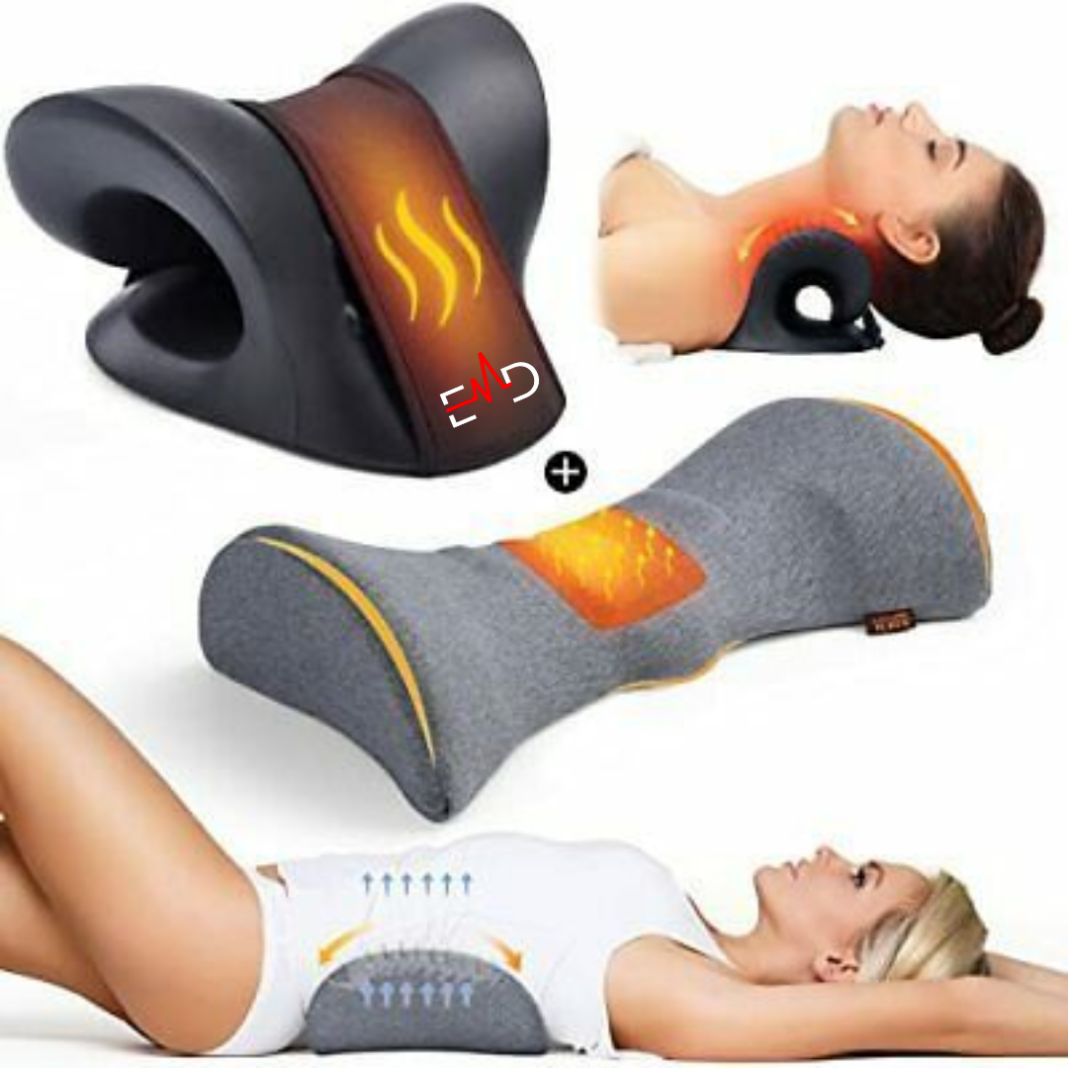Exercise Daily – Embarking on a fitness journey can be an exciting yet daunting endeavour. With many exercises and training techniques available, it’s easy to feel overwhelmed, especially when targeting specific muscle groups. If you want to build a powerful upper body, particularly a well-defined chest, standing chest exercises are an excellent starting point for beginners.
Benefits of Standing Chest Exercises for Beginners
Standing chest exercises offer many benefits for beginners, making them an ideal choice for those new to strength training. These exercises:
-
Engage Multiple Muscle Groups: Standing chest exercises not only target the pectoral muscles (chest) but also engage the triceps, shoulders, and core, providing a comprehensive upper body workout.
-
Enhance Functional Strength: Standing chest exercises mimic everyday movements, such as pushing objects or reaching overhead, improving overall functional strength and coordination.
-
Promote Muscle Growth and Definition: Consistent performance of standing chest exercises stimulates muscle growth and definition, leading to a more sculpted and toned chest.
-
Improve Posture and Balance: Standing chest exercises can enhance posture by strengthening the core and upper back muscles, promoting better balance and stability.
-
Reduce Injury Risk: Proper form and technique during standing chest exercises can help prevent injuries and promote safe and effective training.

Essential Standing Chest Exercises for Beginners
Standing Dumbbell Flyes:
This exercise targets the pectoral muscles, particularly the outer chest fibres.
- Stand with feet shoulder-width apart, holding dumbbells at chest level with palms facing forward.
- Keeping your arms slightly bent, slowly open them to the sides until they are level with your chest.
- Engage your chest muscles as you bring your arms back together to the starting position.
Standing Dumbbell Overhead Press:
This exercise works the pectoral muscles, anterior deltoids (front shoulders), and triceps.
- Stand with feet shoulder-width apart, holding dumbbells at shoulder height with palms facing forward.
- Press the dumbbells directly overhead, keeping your arms slightly bent.
- Slowly lower the dumbbells back to shoulder height.
Cable Cross-Overs:
This exercise targets the pectoral muscles, emphasizing the inner chest fibres.
- Stand with feet hip-width apart, facing a cable machine with cables set at chest level.
- Grasp the handles of each cable with palms facing down.
- Keeping your arms slightly bent, bring the handles together in front of your chest.
- Slowly return to the starting position.
Push-Ups Against a Wall:
This exercise is a modified version of push-ups, providing a beginner-friendly option.
- Stand facing a wall, placing your hands shoulder-width apart on the wall at chest height.
- Slowly bend your elbows and lower your chest towards the wall until your elbows are at a 90-degree angle.
- Push back to the starting position.
Incline Dumbbell Press:
This exercise targets the upper portion of the pectoral muscles and anterior deltoids.
- Set an incline bench to a 30-45 degree angle.
- Lie on the bench with feet flat on the floor, holding dumbbells at chest level with palms facing forward.
- Press the dumbbells directly overhead, keeping your arms slightly bent.
- Slowly lower the dumbbells back to chest height.

Tips for Effective Standing Chest Exercises
Proper Form and Technique:
- Maintain proper posture throughout the exercise, keeping your core engaged, back straight, and shoulders down.
- Move slowly and deliberately, focusing on controlling the weight and engaging the target muscles.
- Avoid swinging or using momentum to lift the weight.
Choosing the Right Weight:
- Select a weight that is challenging but allows you to maintain proper form throughout the entire exercise.
- If you’re unsure about the appropriate weight, start with a lighter weight and gradually increase it as you get stronger.
Maintaining Proper Posture:
- Keep your core engaged throughout the exercise to protect your lower back.
- Avoid arching your back or leaning forward.
- Maintain a neutral spine and shoulders down throughout the movement.
Warming Up and Cooling Down:
- Always warm up before exercise to prepare your muscles and prevent injury.
- Perform light cardio or dynamic stretches to increase blood flow and range of motion.
- Cool down after your workout with static stretches to promote muscle recovery.
Sample Standing Chest Workout Routine for Beginners
Workout 1
- Standing Dumbbell Flyes: 3 sets of 10-12 repetitions
- Standing Dumbbell Overhead Press: 3 sets of 10-12 repetitions
- Cable Cross-Overs: 3 sets of 12-15 repetitions
Workout 2
- Push-Ups Against a Wall: 3 sets of as many repetitions as possible with good form
- Incline Dumbbell Press: 3 sets of 10-12 repetitions

Specific Standing Chest Exercises for Athletes
Several standing chest exercises can effectively target the chest muscles and enhance athletic performance. Here are a few examples:
Dumbbell Push Press
The dumbbell push press is a compound exercise that works for multiple muscle groups in the upper body, including the chest, shoulders, and triceps. It is a great exercise for building strength and power. To perform the dumbbell push press, stand with your feet shoulder-width apart and hold a dumbbell in each hand at shoulder height. Press the dumbbells overhead, then lower them back down to your shoulders.
Kettlebell Swings
The kettlebell swing is a dynamic exercise that works the chest, hips, and core. It is a great exercise for improving power, explosiveness, and functional strength. To perform the kettlebell swing, stand with your feet shoulder-width apart and hold a kettlebell in front of you with both hands. Swing the kettlebell back between your legs, then explosively thrust it forward until your arms are fully extended.
Medicine Ball Chest Pass
The medicine ball chest pass is a partner exercise that works the chest, shoulders, and triceps. It is a great exercise for improving pushing power and core engagement. Stand facing a partner with your feet shoulder-width apart to perform the medicine ball chest pass. Hold a medicine ball and pass it to your partner at chest height. Your partner should then catch and pass the medicine ball back to you.
TRX Push-ups
The TRX push-up is a variation of the traditional push-up that utilizes suspension training to increase upper body strength and core activation. To perform the TRX push-up, adjust the TRX straps so that your hands are at chest height when standing with your feet shoulder-width apart. Lean forward until your body is almost horizontal, then push yourself back to the starting position.
Cable Chest Press
The cable chest press is an isolation exercise that targets the chest muscles. It is a great exercise for building chest size and strength. Stand in the middle of a cable crossover machine to perform the cable chest press with your feet shoulder-width apart. Grasp the handles of the cable machine with your hands shoulder-width apart. Press the handles together before your chest, then slowly lower them back to the starting position.

Benefits of Standing Chest Exercises for Athletes
Standing chest exercises offer many benefits for athletes, making them an essential component of any training regimen. These benefits include:
1. Enhanced Strength and Power
Standing chest exercises effectively target the chest muscles, including the pectoralis major, pectoralis minor, and anterior deltoids. By strengthening these muscles, athletes can improve their pushing power, which is crucial for various sports such as basketball, volleyball, and tennis.
2. Improved Functional Movement
Unlike traditional bench press exercises, standing chest exercises require additional muscle groups to maintain balance and stability. This translates to improved functional movement patterns that resemble real-world activities, such as pushing open doors, lifting objects, or throwing a ball.
3. Enhanced Core Stability
Standing chest exercises engage the core muscles, including the abdominals and obliques, to stabilize the torso during the movement. This strengthens the core, leading to better posture, injury prevention, and performance in various sports.
4. Increased Athletic Performance
The benefits of standing chest exercises directly translate to enhanced athletic performance. Athletes can experience improved throwing velocity, punching power, and overall strength, significantly impacting their performance in various sports.
5. Reduced Injury Risk
Strengthening the chest muscles and core through standing chest exercises helps stabilize the shoulder joint, reducing the risk of injuries during overhead activities common in many sports. Additionally, improved core stability can help prevent lower back pain and other musculoskeletal issues.
Conclusion: Embark on Your Chest-Building Journey
Standing chest exercises provide an excellent foundation for beginners to build a strong, defined chest. By incorporating these exercises into your workout routine, you’ll be well on your way to achieving your fitness goals and sculpting a powerful upper body. Remember to maintain proper form, choose the right weight, and warm up and cool down to maximize your results and prevent injury.
Standing chest exercises offer many benefits for athletes, making them an essential component of any training regimen. By incorporating these exercises into their training programs, athletes can enhance their strength, power, functional movement, core stability, and overall athletic performance while reducing the risk of injuries.
FAQs – Standing Chest Exercises for Beginners
How often should I perform standing chest exercises?
Aim for 2-3 weekly sessions, allowing adequate rest between workouts for muscle recovery.
How can I increase the intensity of my standing chest exercises?
As you get stronger, gradually increase the weight or number of repetitions.
You can also incorporate different variations of the exercises, such as using resistance bands or changing the incline angle.
What other exercises can I add to my routine for a more comprehensive chest workout?
Add exercises like decline dumbbell press, bench press, and dips to target different chest areas.
How long will it take to see results from performing standing chest exercises?
Individual results vary, but with consistent effort and proper form, you should see noticeable chest strength and definition improvements within a few weeks.
Are standing chest exercises safe for everyone?
It’s always advisable to consult with a healthcare professional before starting any new exercise program, especially if you have any pre-existing medical conditions or injuries.





